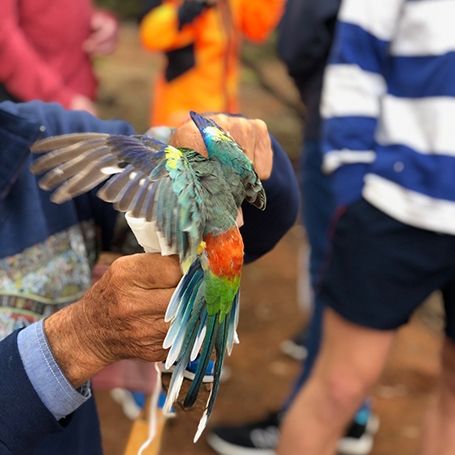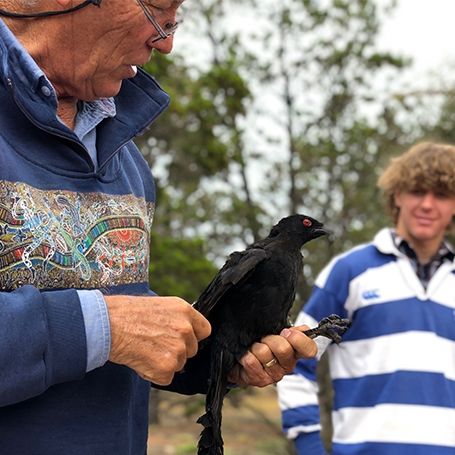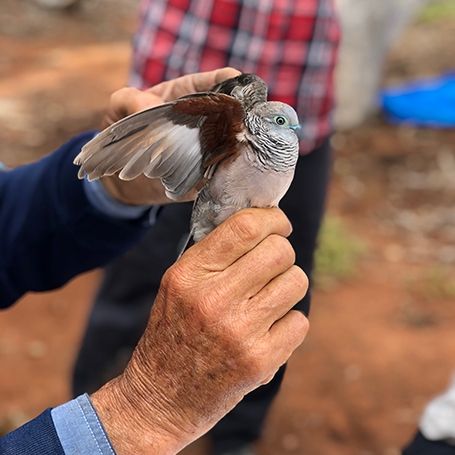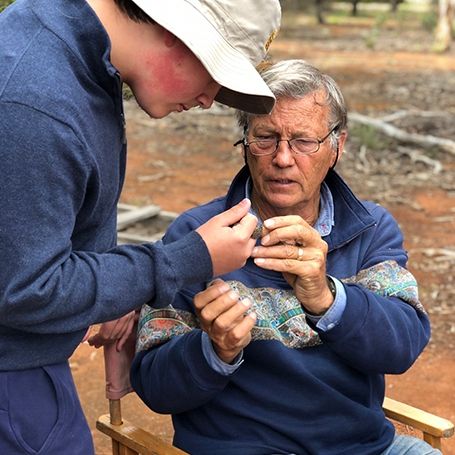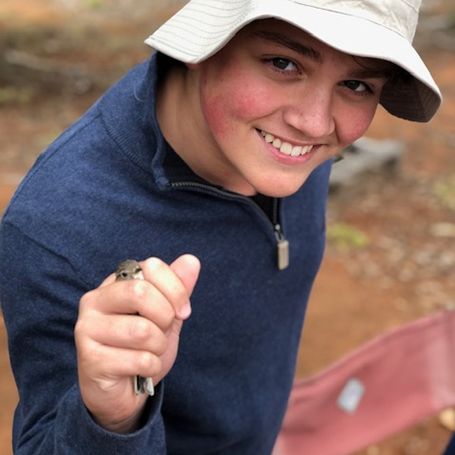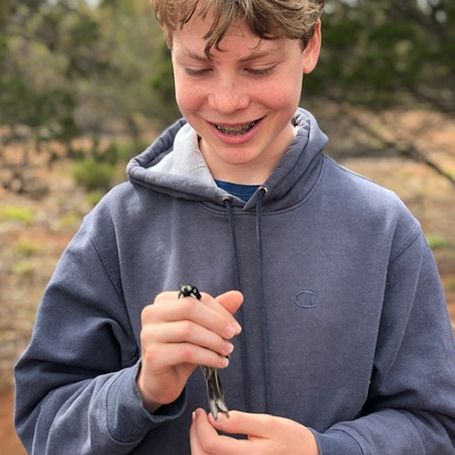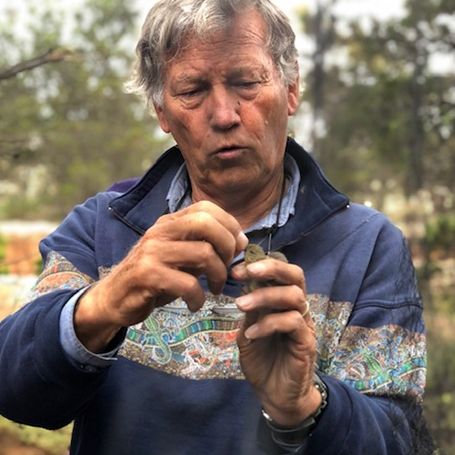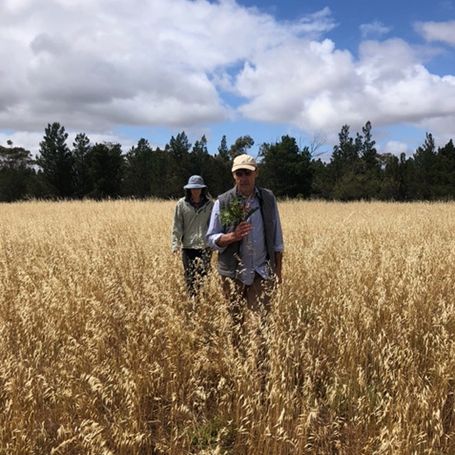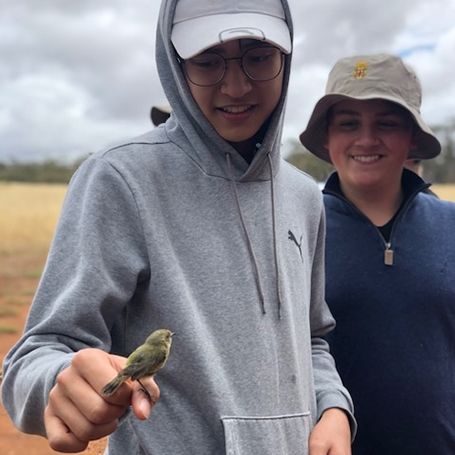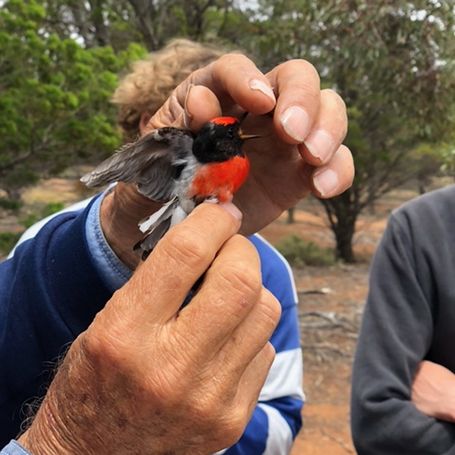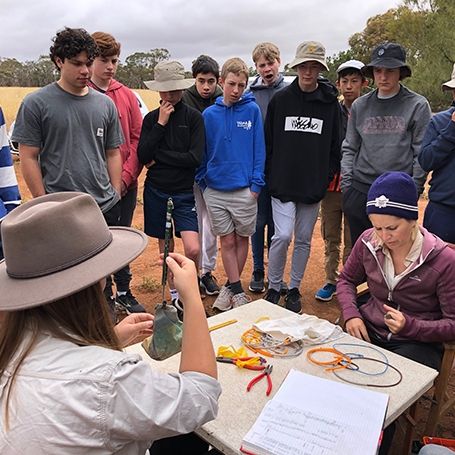40 birds banded, 18 different species and dozens of intricate feeding habits, physiological features and glorious colours of native birds all shared and recorded. All in a morning’s work for thirteen of our boys. The data will all be fed into the national data base managed by the Australian Bird and Bat Banding Scheme (based in Canberra) that will enable understanding of bird demographics, survival rates, species loss or recovery.
The biodiversity in the Mt Lofty Ranges is declining: An additional 1500 square kilometres of habitat is needed across the region to stop losses. This will result in a further 20% of wild habitat being added to the 10% (750 square kilometres) of remnant habitat that still remains. This amount of extra habitat is needed to sustain biodiversity such as that on show at Frahn’s across the Mt Lofty region. The Mt Lofty region is a nationally recognised biodiversity hot spot but without the additional habitat, half the woodland birds species will go extinct within this region, including some of the species seen at Frahns. This extinctions are taking place now and will be mirrored around the world and the period has been labelled the Anthropocene – an epoch where human’s activities will forever change the earth. The United Nations has declared this the decade of restoration with a global target of 3.6 million square kilometres of habitat needing to be re-established – that is the size of China.
Some final numbers, CoP 26, 1.5 degrees, and the last, not a number at all really, Zero. As in “getting to Zero” by 2050. BioR’s re-establishment of woodland habitats is a local sustainability initiative and is a great way for the younger generation to take steps toward shaping a better future for themselves and our wildlife.
Chris McGuire
Academic Leader – Cross-Curricular Programs

